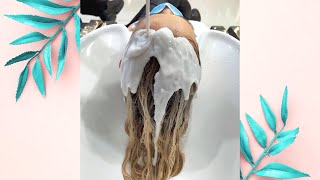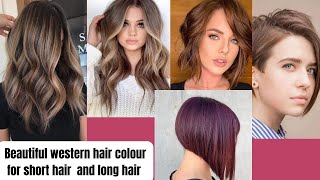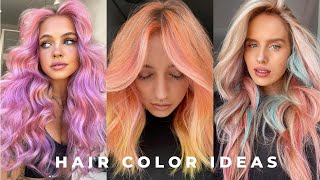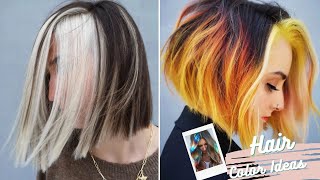What You Need To Know Before You Get Your New Color For Fall

Black or blonde? Brunette or redhead? Hair is said to be a woman’s crowning glory and whether long or short, with the right shade, it further enhances the face.
Before you snap fingers and say you’d get a new hair color, understand first that hair dyeing can be a tricky form of beauty art. Whether DIY or professionally done, there are things to understand about hair and changing its color.
Some facts to remember…
- A badly done color job can cause hair to dry out but not necessarily cause hair loss. The hair becomes brittle and easy to break, and thus falls, which can often be mistaken for hair loss.
- Hair thinning may result from some reactions to certain dye chemicals, but it is best for you to determine if it’s not a medical condition that’s really causing it.
- Hair dyes, along with other chemical contents, have been linked to the development of cancer. However, there are no scientific evidences that can prove hair dyeing to be the culprit as we are all exposed to too many risks.
- Some people may be allergic to substances in a hair dye that may cause some skin rashes, so it is best to do an allergy test before a color job.
How does hair dye work?
Hair strands are covered in cuticle; the first layer that serves as protection. In order for a dye to do its job effectively, that cuticle has to be “lifted” and this is done by an ingredient called ammonia. It separates the cuticle by raising the hair’s pH, allowing the color to penetrate the cortex, the second layer in a hair strand.
Hair dyeing can dry the hair out because of another ingredient called peroxide, but is a necessary component to destroy the hair’s current color. With the cuticle lifted and the current color broken down, the dye color can then begin to develop into the strands. However, lifting the cuticle and the exposure to peroxide may cause some damage.
 How do you prevent damages from happening?
How do you prevent damages from happening?
Brittleness and breakage are unwelcomed side effects of hair dyes, but there are ways to prevent and avoid them. Even when not coloring your hair, your best defense is to always moisturize your hair using moisturizing shampoo and conditioner.
Before and after any hair dyeing session, apply a deep conditioning* hair mask to give your locks some added protection.
You may apply the same preventive measure whenever your hair needs it, and to further boost hair health, consider hair supplements* like Vitamin A* and biotin*.
Allergies to hair dyes are rare but it is best to play it safe. To avoid any possible allergic reactions, here is how you can do an allergy test.
- Mix a very small amount of the hair dye (color and developer), and using a toothpick or cotton bud, apply a small dab on your wrist or on the crook of your elbow.
- Let it remain on the hair for at least 30 minutes then observe the spot for the next 24 to 48 hours. Should any redness, rash or itchiness occur, clean the spot with soap and water and DO NOT use the hair dye at all! Even with professional hair dyeing at a salon, be sure to request for a pre-session allergy test.
To dye or not?
If it is your first time experimenting with hair dye, the options available may confuse you. The wrong choice of color or type of dye could result in a disaster and you could end up with a look you don’t want.
Work with someone who is an expert, such as a trusted salon professional. Before you do, equip yourself with some basic information such as the terms used:
Semi-permanent – an ammonia-free, less peroxide hair color that darkens the hair and creates the least of damages.
Demi-permanent – another ammonia-free hair darkening dyer that contains peroxide typically used to cover gray hair.
Permanent – containing ammonia and peroxide, this hair dyeing option can make the hair lighter or darker for a longer time up until new hair growth emerges.
Other terminologies used by professionals are glossing, highlights, lowlights, baliage and base flash, but are mostly for blending or aesthetic purposes.
There is nothing wrong with wanting to look your best and be more confident. Often, how we feel about our outer appearance starts with the hair – its style and color.
It is important to know how color treatments can affect not only your hair but your general well being as well. Remember that hair colors contain chemicals that may or may not result in damage, so it is best to equip yourself with the right information because—after all— it is your look, confidence and health that are at stake.
Fortunately, with the right product and proper application, hair dyeing may be a great start to looking and feeling great!




